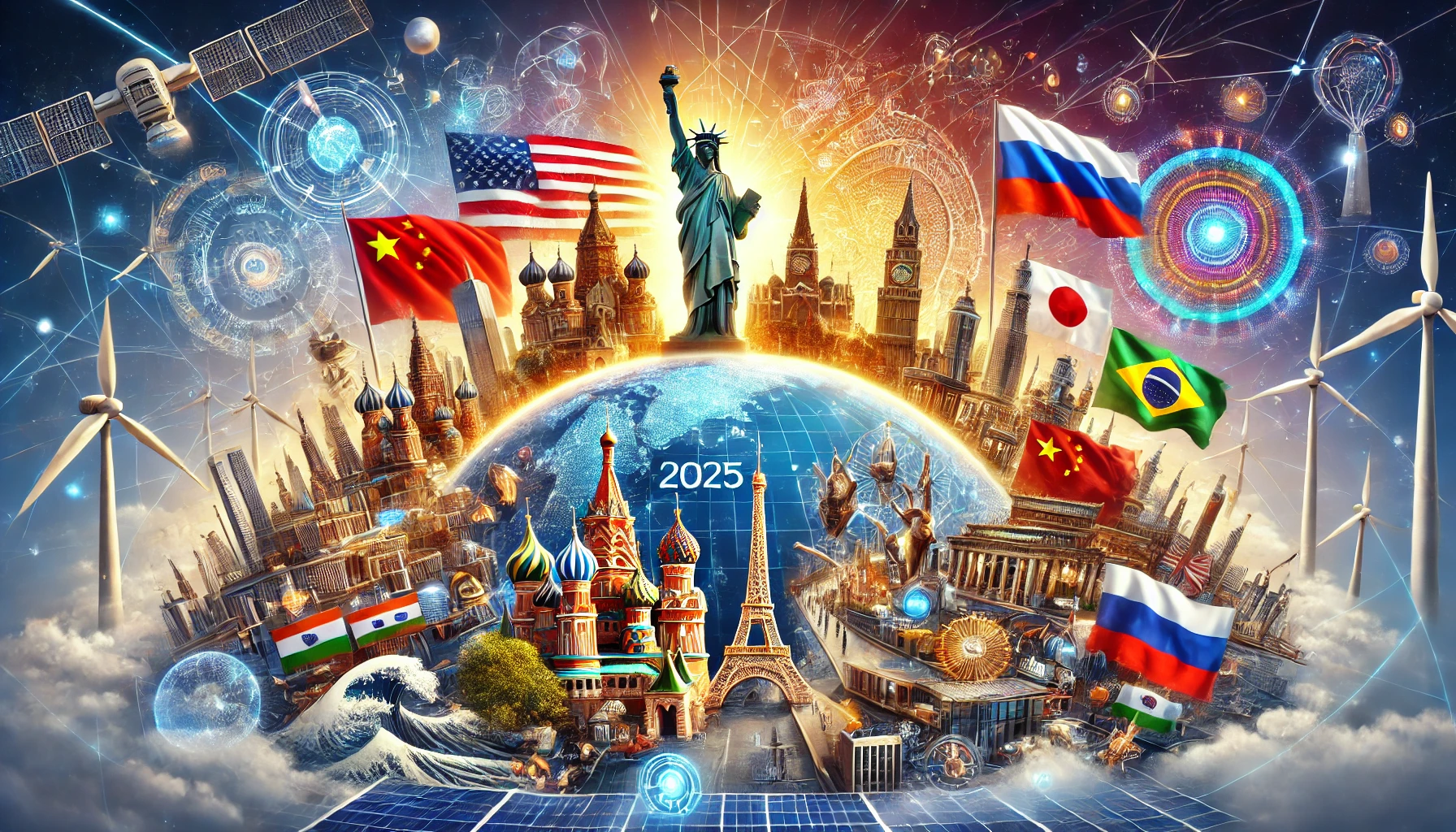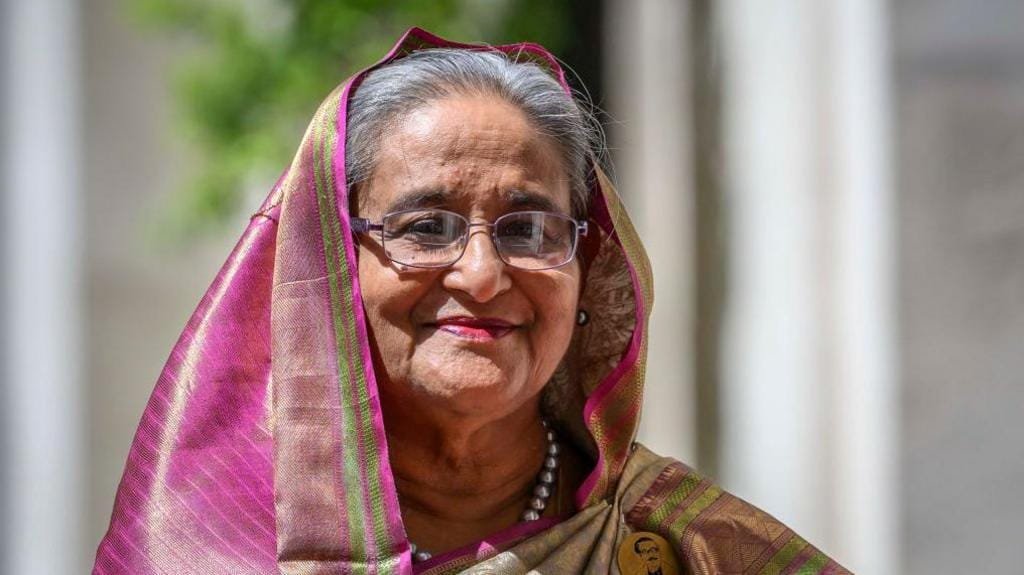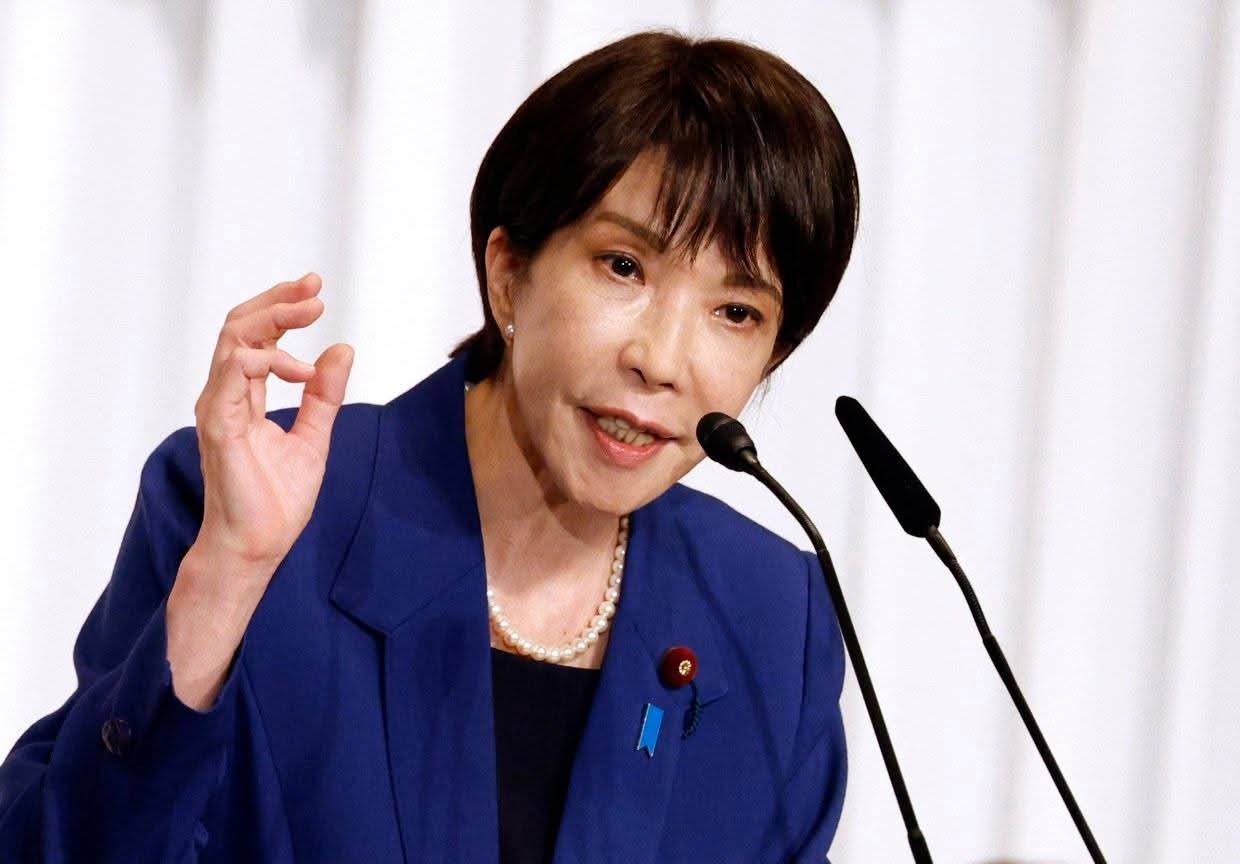The global landscape in 2025 is witnessing a redefinition of power as nations evolve, alliances strengthen, and new players emerge on the global stage. Here’s a closer look at the “Great 8 Powers” of 2025, which are shaping the world order through their economic strength, military prowess, technological advancements, and diplomatic influence.
- United States
The United States retains its position as a global superpower, with unmatched military capabilities and economic influence. Its leadership in technology, particularly in AI and green energy, continues to drive innovation. Despite internal political challenges, the U.S. maintains its role as a central figure in NATO and global diplomacy, balancing competition with China and Russia.
- China
China has solidified its position as an economic powerhouse, with significant influence in Asia, Africa, and beyond through its Belt and Road Initiative. Its technological advancements in AI, quantum computing, and renewable energy have made it a leader in shaping future industries. However, tensions in the Indo-Pacific and strained U.S.-China relations remain critical global issues.
- India
India emerges as a pivotal global power in 2025, thanks to its robust economic growth, young workforce, and advancements in space technology. As the world’s largest democracy, India plays a key role in the Global South, advocating for equitable development and addressing climate change. Its strategic importance is underscored by its leadership in the Quad alliance and influence in South Asia.
- European Union (EU)
The EU continues to wield considerable influence as a unified economic and political entity. Its leadership in green energy and commitment to combating climate change set global standards. The EU’s diplomatic strategies focus on balancing relations with major powers while maintaining stability and innovation within its member states.
- Russia
Russia remains a formidable military power, leveraging its vast natural resources and strategic alliances. Despite facing economic sanctions, Russia’s energy exports and involvement in regional conflicts, particularly in Eastern Europe and the Middle East, keep it relevant on the global stage. Its ties with China have further strengthened in response to Western pressures.
- Japan
Japan is a leader in technological innovation, with groundbreaking advancements in robotics, automation, and green technologies. Its strategic position in East Asia, coupled with strong ties to the U.S. and a proactive defense policy, reinforces its influence in the Indo-Pacific region.
- Brazil
Brazil represents the rising influence of Latin America in global affairs. As the largest economy in the region, Brazil’s focus on sustainable development and its leadership in addressing the Amazon’s environmental crisis have earned it international recognition. It is a key voice for the Global South and a leader in renewable energy initiatives.
- Saudi Arabia
Saudi Arabia’s Vision 2030 plan has transformed it into a major economic player in 2025. Diversification efforts have reduced dependence on oil, with investments in tourism, technology, and green energy. The kingdom’s growing influence in the Middle East and global energy markets ensures its continued prominence.
The Changing Dynamics of Power
The Great 8 Powers of 2025 symbolize a shift in global dynamics where multipolarity is the norm. Cooperation and competition coexist as nations grapple with pressing global challenges like climate change, technological disruption, and geopolitical tensions. This new world order reflects a blend of traditional powerhouses and emerging players, each shaping the future in unique ways.
As we look ahead, the balance of power will continue to evolve, with these nations leading the charge in redefining global priorities and fostering innovation for a sustainable and equitable world.












